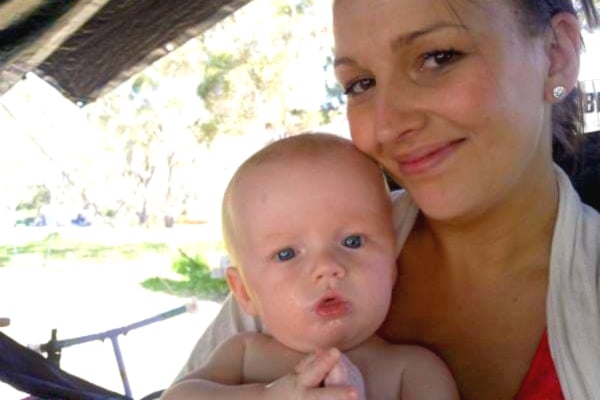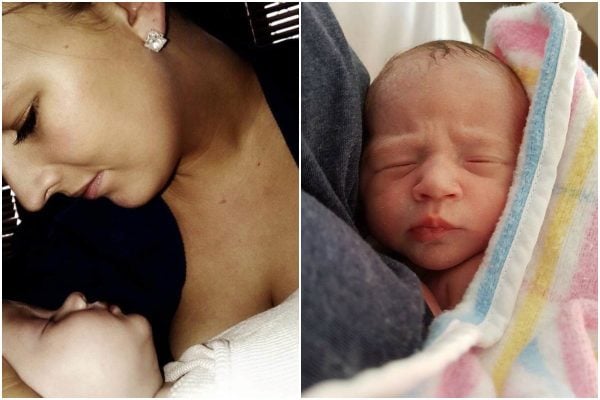
As told to Cindy Lever by Holly Stephenson, 32, from the Hunter Valley.
After being forced to birth lying down for three of my babies, when the fourth was due, I made sure I did lots of research and put clearly in my birth plan that I wanted an upright birth.
Birthing on a bed for me felt like a very submissive position, while upright felt like I was taking control and it was the most comfortable for me.
When I had my first baby, I was very young and didn’t know anything. I thought lying on your back was the only way to give birth.
Mums and non-mums answer questions about childbirth… and their responses are very different.
My labour was arduous because the baby was in the wrong position and I was forced to birth her on my back as I didn’t know the benefits of being upright. I had prolonged pushing and a second-degree tear to my perineum and a first-degree tear upwards into my labia. It made recovery very painful.
With my second one, I still didn’t know too much about positioning and birthed in a semi-recumbent position on the bed and as a result my son was born compromised due to a mild-moderate shoulder dystocia which required manoeuvres to release his anterior shoulder.




Top Comments
I gave birth to all three of my now adult children in the 80's and early 90's. It was considered very radical in 1985 and the midwives were surprised when i refused to lie down and follow their instructions ! But also they were surprised with no tear or episiotomy (which was around 90% rate at that time) . I have taught about the benefits of upright positioning for 30 years as a CBE , but get the impression that most women do not birth upright . I have to say that at the time , my partner was not only supportive but pro-active in assisting me to find upright positions at a time when being on the delivery bed was the norm and that really helped.My third birth was on the floor so i have no trouble to move about and get myself into whatever position felt right at the time. I find that many partners now seem less willing to be so pro active and depend on the midwife/obstetrician to tell them what to do.